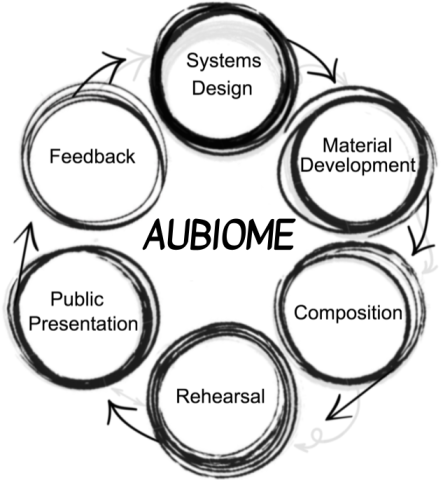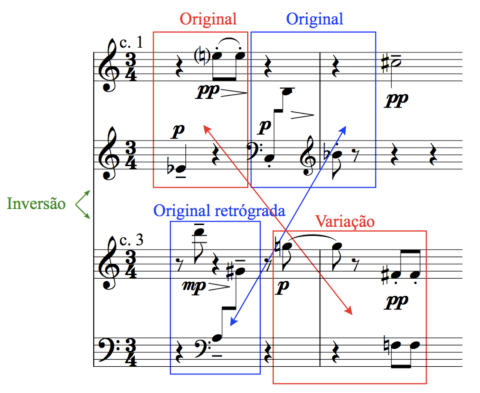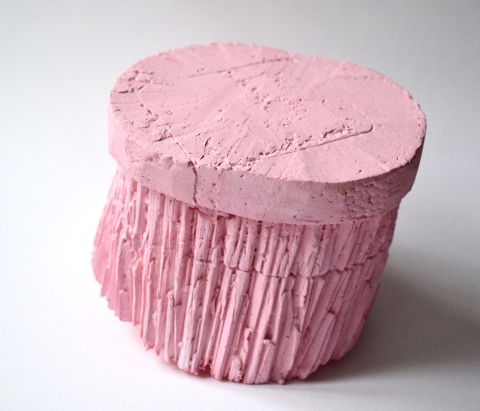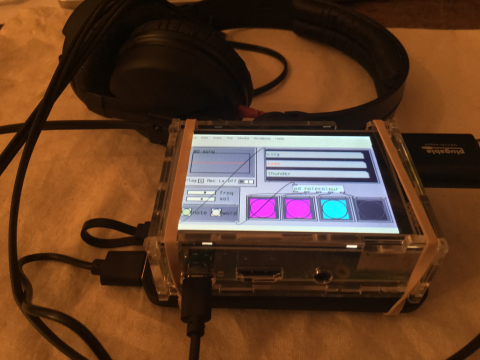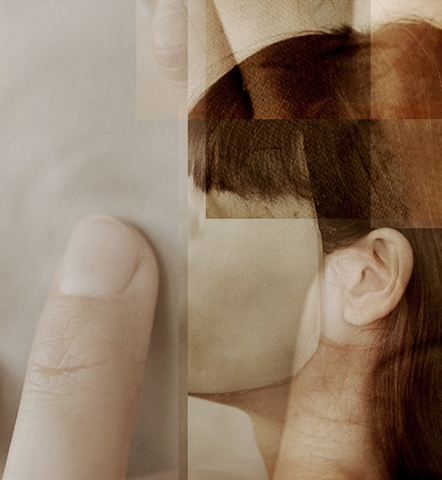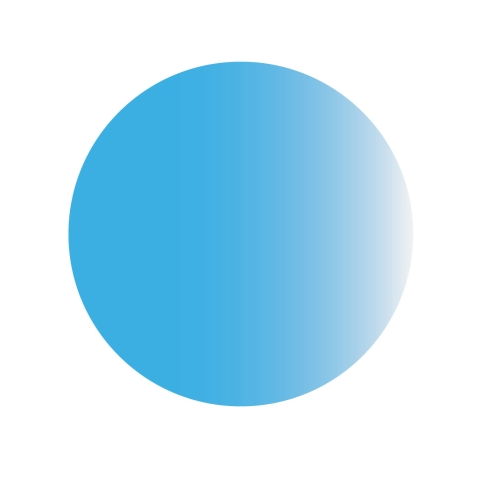Editorial
JAR25 representa as bodas de prata em termos de número de publicações. Fecha o primeiro período de dez anos a partir da publicação inaugural de 2011, JAR0. Temos acompanhado neste período a maior aceitação de publicações multimídia e também uma mais frequente negociação do papel do texto, amenizando a hierarquia entre as mídias. Tem sido uma satisfação descobrir o quanto os diferentes elementos da exposição contribuem conjuntamente para criar sentido em suas passagens. O JAR continuará aberto a abordagens da exposição da prática enquanto pesquisa não habituais e desafiadoras.
Durante estes dez anos a comunidade de pesquisadores artísticos não parou de crescer. Presenciamos um fortalecimento de abordagens inter/através transdiciplinares que destacam a pesquisa colaborativa e co-criativa e que transpõem os limites. Ao mesmo tempo, estamos mais atentos às relações de poder da comunidade e como nós, como um periódico acadêmico, somos implicados. Discussões se inflamam durante o processo de avaliação e de decisão, sinalizando positivamente nossa maneira de nos acercarmos de problemas fundamentais sem nos deixarmos afetar por ainda não termos encontrado uma solução. Continuadamente aprendemos com as oportunidades desperdiçadas, que são resgatadas em nossas conversações.
Entretanto, uma coisa é discutir como o JAR trata as submissões em seu processo editorial, outra é considerarmos as que nunca foram propostas para nosso periódico. Mesmo que submeter uma pesquisa artística ao JAR não seja imprescindível, é claro que há limites visíveis e invisíveis que orbitam em torno de conceitos em jogo, mesmo que camuflados, que levantam barreiras de exclusão. Assim posto, assumimos que há muito mais arte e pesquisa de relevância, fora de nosso escopo, que o JAR não alcança ou é inadequado por suas próprias normativas. Por exemplo, que definições de ‘arte', ‘pesquisa’, ‘prática’ e ‘conhecimento’ estão em jogo? O quanto as pessoas estão preparadas para adentrarem nas relações com a tecnologia? Quais os parâmetros acadêmicos que acreditamos existir?
Como uma maneira de inquerir esta caixa de problemas não resolvidos, decidimos focar no inglês como a língua operativa do JAR. Desde de nossa publicação JAR18 abrimos o convite a submissões em espanhol, português e alemão. Estas línguas foram escolhidas pela competência já adquirida pelo corpo editorial ou por acreditarmos que poderíamos desenvolver razoavelmente. O tempo poderá falar se este processo continuará e quais línguas, durante quais períodos, serão aceitas pelo JAR. Já tivemos de ajustar fundamentalmente a estrutura do JAR, que esperamos servir de base para futuros desenvolvimentos. Os mais importantes são: um corpo editorial mais expandido e diverso, fluxos de trabalho mais dedicados e painéis de línguas para submissões que não sejam em inglês, como também um novo modelo de dados para as línguas implementadas, como por exemplo, no site do JAR.
Em relação ao último ponto, na metade do ano implementamos no topo direito do site do JAR uma ferramenta de seleção de idioma. Crucialmente, o que ocorre ao selecionar uma língua não é a tradução de conteúdo, mas a apresentação de conteúdo disponível na língua selecionada. Como um periódico que tem operado com conteúdo em inglês em suas páginas, não será uma surpresa se a a língua selecionada por enquanto não trouxer inicialmente significativa mudança. Entretanto, com o tempo, como esperamos atrair mais contribuições em outras línguas, senão multilíngues, isto tornará o site mais capaz de responder linguisticamente. Efetivamente se espera que haverá conteúdo menos acessível mesmo a um leitor médio capaz de ler dois ou três idiomas, o que inviabilizará um ‘panorama’. Dito de outra forma, com a implementação do novo modelo linguístico, nós aceitamos os limites de tradução e uma aparência linguística mais desigual e híbrida.
De alguma maneira, mesmo que de forma limitada, este desenvolvimento torna o próprio site do JAR mais ‘exposicional’. Como no caso das exposições que publicamos, nós não esperamos que todos os leitores continuamente se movam sem pro-blemas através das diferentes mídias e estilos. Antecipamos que num breve futuro que o site do JAR será desenvolvido em um espaço mais aberto e menos previsível permitindo emergir diferentes modos de leitura. Quando isto acontecer, o site, todavia, também demonstrará equilíbrios e desequilíbrios existentes entre diferentes materiais e línguas — e como sugerido, os atuais desequilíbrios são particularmente marcantes, uma realidade que temos de reconhecer.
Ao mesmo tempo, cientes deste período de transição, como também dos diferentes contextos culturais e necessidades, expandimos o espaço do JAR Network para incluir os canais de línguas. Os canais de línguas são assemblages de conteúdos, predominantemente em uma língua específica, que permitem pontos de entrada mais linguísticos ao JAR e às pesquisas artísticas que este publica. Crucialmente, entretanto, os canais de línguas também propiciarão referências a relevantes publicações fora do JAR permitindo ricas contextualizacões. Novamente, os canais de línguas do JAR Network também se desenvolverão com o tempo, na medida em que sejam enriquecidos com materiais que se tornem publicados ou relevantes na respectiva língua.
Todos estes desenvolvimentos tiveram lugar mesmo com o crescente entendimento de que a abordagem pela língua não é ideal, dadas as complexidades que afloram logo abaixo da superfície. Por exemplo, os diferentes regimes nacionais de financiamento e os contextos culturais criaram condições bem específicas para pesquisadores de uma mesma língua, resultando em diferentes necessidades e diferentes abordagens para publicação em periódicos, o que se inclui as conversações sobre a pesquisa artística. Ao mesmo tempo, o que é considerado uma nação pode, frequentemente, também ser contestado com base, dentre outras coisas, na escolha de uma língua, ou dialeto ou estilo, que inclui línguas híbridas que não foram capturadas pelo sistema padrão. Ampliando a recusa do JAR de advogar em prol de uma mídia que prevaleça sobre as demais, em favor de uma medialidade específica que emerja com cada exposição, nós devemos concluir em tempo que a língua, também, tem qualidades emergentes que desafiam abordagens pragmáticas.
Como o conjunto de línguas que escolhemos publicar atualmente, estas questões afloraram devido à diversidade cada vez mais crescente do corpo editorial, cuja habilidade de se relacionar na diversidade possibilitou os recentes desenvolvimentos. De fato, se os primeiros dez anos focaram na forma expositiva e nas infraestruturas editoriais, eu vejo a próxima década como uma abertura para testarmos e contestarmos como nossos paradigmas se sustentam. Nós observaremos quais consequências surgirão para a própria instituição de um periódico acadêmico global. Independentemente do que vier a acontecer, entretanto, o JAR sempre se desenvolverá baseado em submissões concretas discutidas por pessoas reais com posicionamentos no campo, isto é, arraigadas a preocupações ao invés de motivadas por ideias abstratas sobre arte, pesquisa e a moral que é intrínseca.
Eu gostaria de usar esta oportunidade para agradecer a todos os corpo editorial, passado e presente, pelo trabalho incrível. Em particular, eu gostaria de agradecer a Barnaby Drabble, o editor de gerenciamento, e Julian Klein, nosso editor de revisão de avaliadores, pelo incansável compromisso e discernimento. Eu também quero agradecer às centenas de avaliadores e seu suporte crítico à cada submissão, a nossos autores pelo interesse e entendimento, e também à Society for Artistic Research, seus corpo executivo e membros, pelo encorajamento e apoio. E por último, e não menos importante, agradecer a você leitor, pelo interesse em nosso projeto e pesquisa que publicamos.

